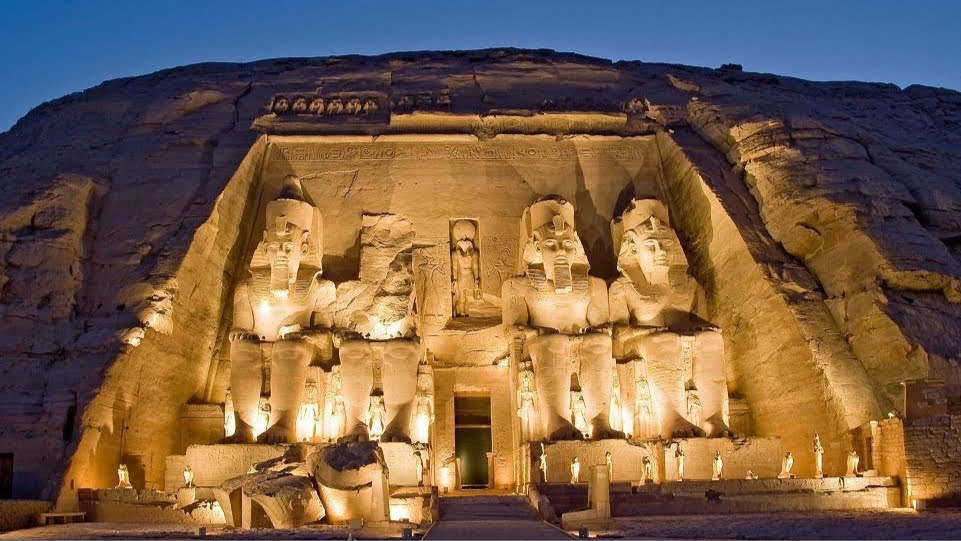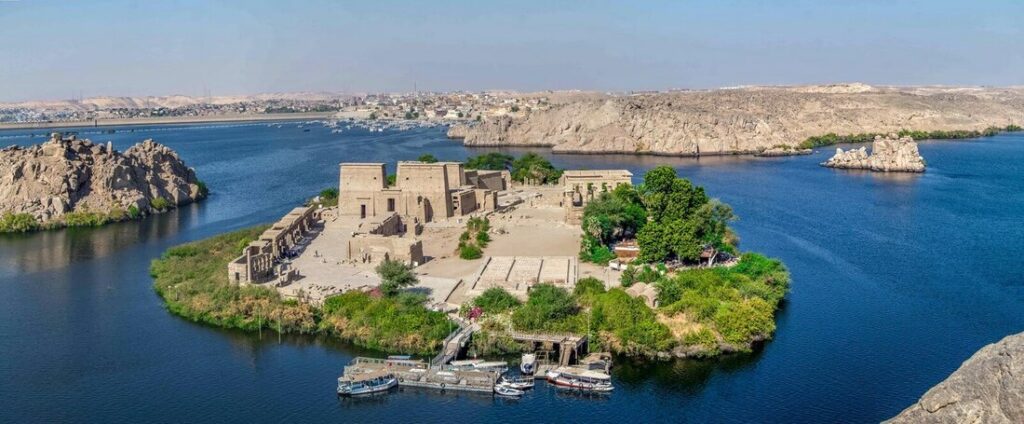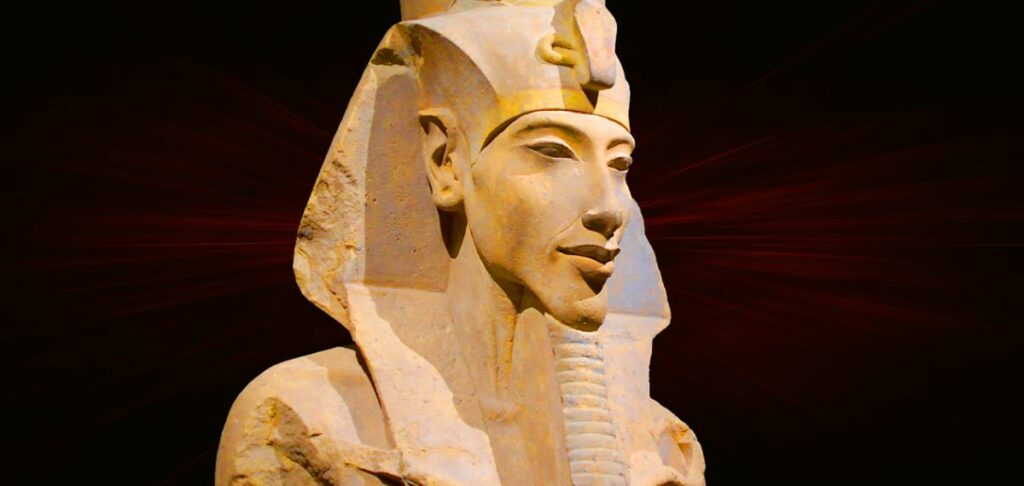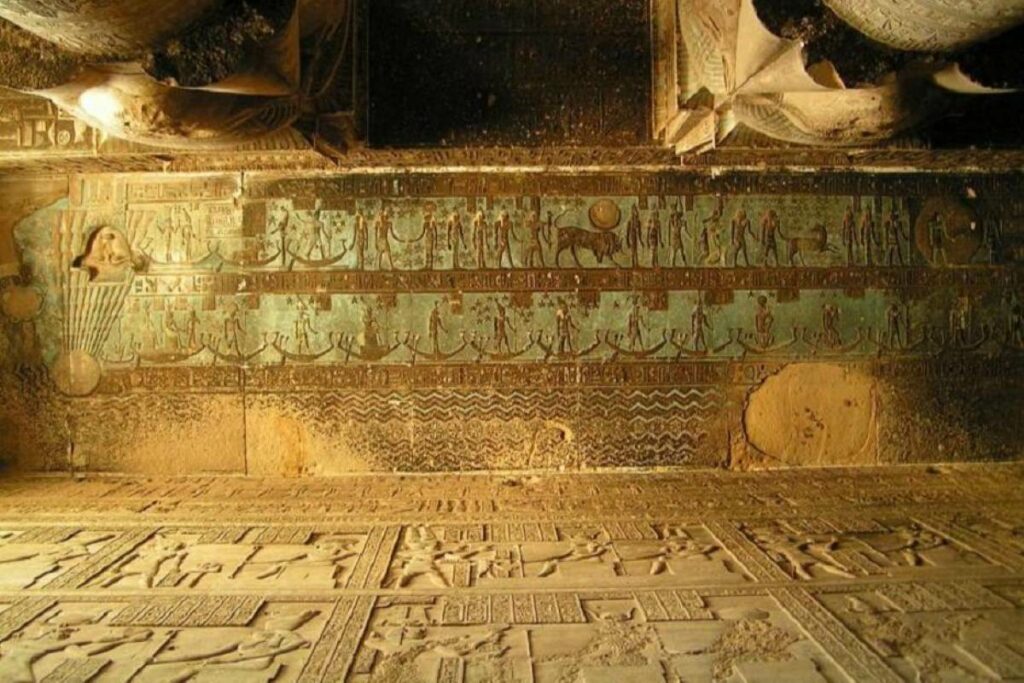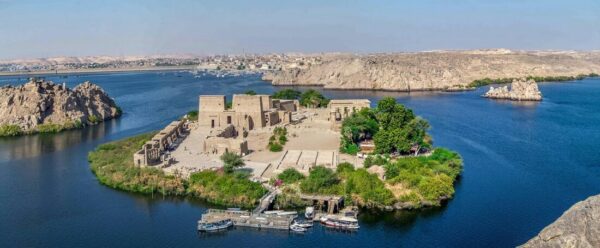Temple of Edfu
The Temple of Edfu or the Temple of Horus is the second largest temple in Egypt in terms of size, as it was only preceded in size by the Temple of Karnak. Edfu Temple is located in the north of Aswan Governorate, in the city of Edfu, in the far south of Egypt, on the west bank of the Nile River.


